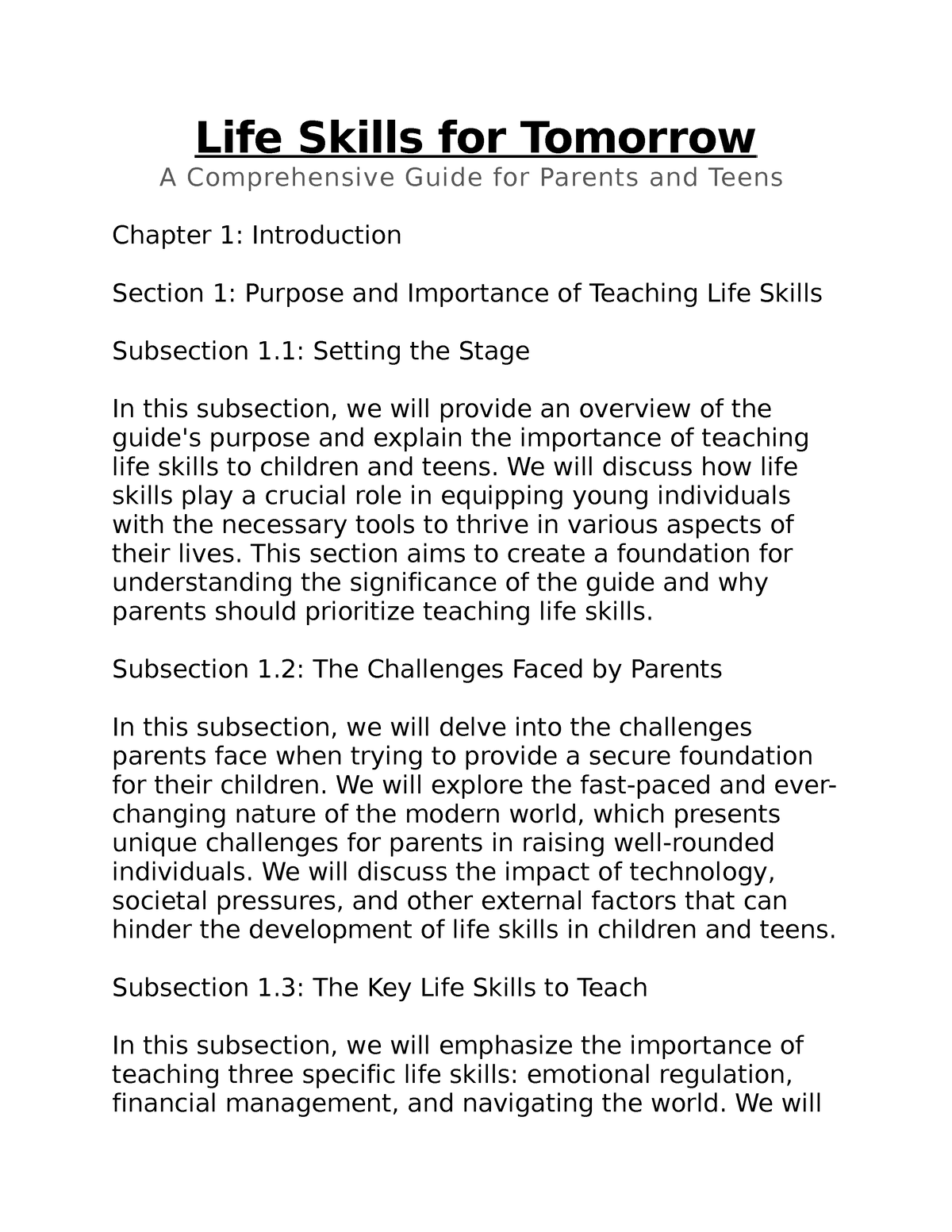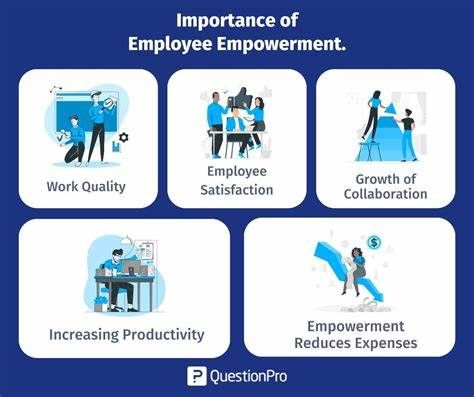- Protection of Sensitive Information: Collecting and storing student data necessitates robust security measures to safeguard against unauthorized access and data breaches.
- Compliance with Regulations: Educational institutions must adhere to strict regulations, such as the Family Educational Rights and Privacy Act (FERPA) in the United States, regarding the handling of student data.
- Ethical Considerations: Balancing the benefits of data-driven insights with ethical concerns regarding the privacy and autonomy of students and their families.




